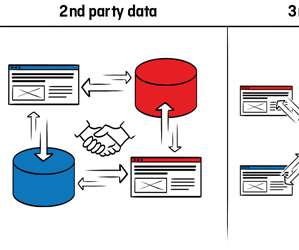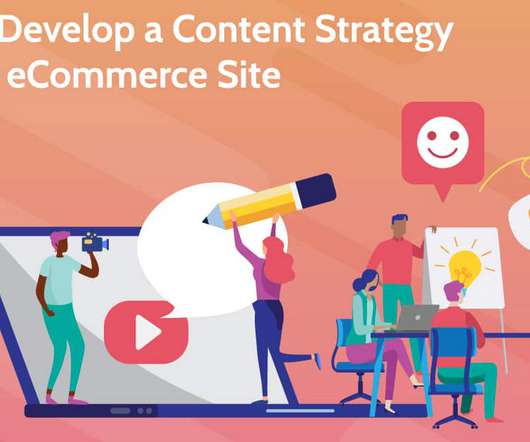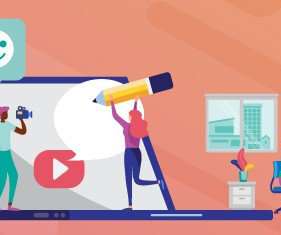How Google’s New Layout Predicts the Future of SEO
Kissmetrics
MAY 14, 2019
Let’s look at Google’s layout changes over the past few years… lucky for us, Orbit Media performed random Google searches in 2013, 2014, and 2015 and compared them to Google’s current layout for us. The big differences from 2013 versus 2019 are: The first organic listing is drastically pushed down. Quora did grow through SEO.














Let's personalize your content